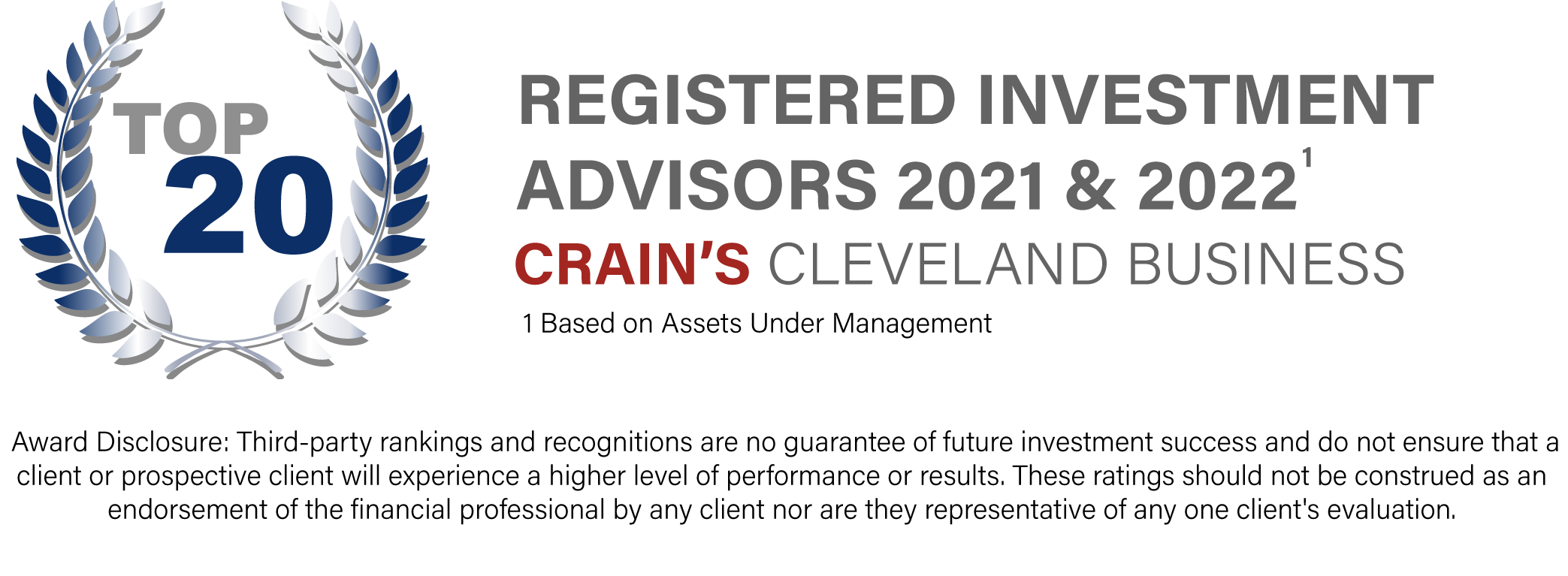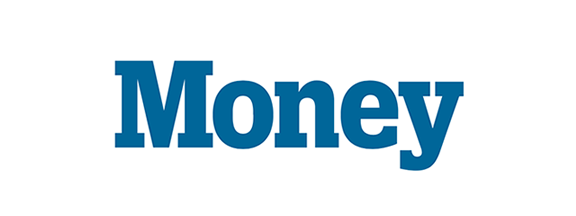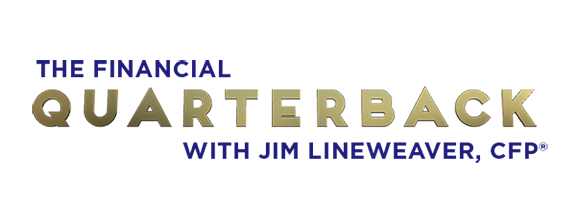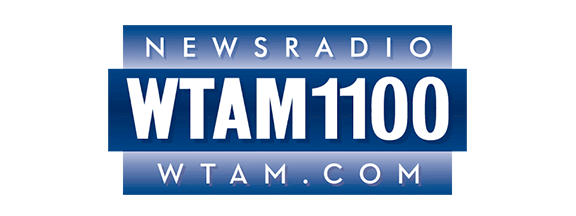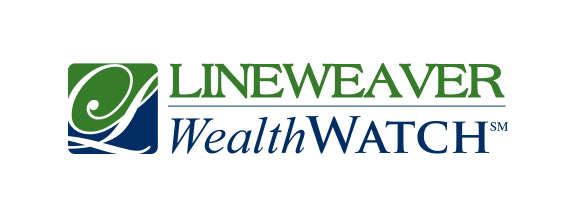Get the Most Out of Your Retirement
There are numerous articles available on planning for retirement (e.g., how to save, how much to save, where to invest, which products are best…), but less so if you are already in retirement. Yet we have found over the last 24 years that often times retirees – whether retired several years ago or just recently – remain interested in knowing what wealth growth-and-preservation strategies are available to them and their families.
We believe that retirement is an exciting opportunity for new life chapters – in almost every single way. We also believe a cornerstone for preparation in retirement is keeping your financial plan vital and relevant. Fortunately, there are many strategies available. Here, we briefly discuss the four areas we find that retirees want to learn more about. We also believe that to reap the fullest benefits, it is wise to customize these tactics to your particular situation.
Step 1: Manage Your Largest Retirement Expense – Healthcare
By far, the largest expense for most retirees is healthcare. According to a recent study by Fidelity, the average 65-year old couple will need about $295,000 over the course of their retirement to cover their medical costs. And unfortunately, like most expenses, that will continue to increase each year. Since it’s likely that you qualify for Medicare, it’s important to use your plan effectively. For example, prescription drugs are often a large part of retirees medical costs. Pay special attention to these costs, and consider purchasing Medicare Part D coverage, which provides prescription drugs at a lower cost.
It’s also a good idea to do the math (or ask your advisor to help) and crunch the numbers to see if you might benefit from Medicare Advantage (which is Part C) instead of traditional Medicare Plus Parts A and B. You can also choose supplemental coverage through Medigap, which may help you to lower your deductibles and co-pays.
Finally, it’s a good idea to consider Long Term Care Insurance (LTC), which not only covers long- term care costs but also often covers care not generally covered by Medicare. Keep in mind that, like most insurances, the younger and better health you are in when you purchase it, the less expensive it will be; so it’s a good idea to consider it when you first retire, or even in the years before.
Step 2: Manage Your Income to Minimize Taxes
Taxes are often a surprise to new retirees. Many people, whether they owned their business or worked for someone else, were used to the steady paycheck and having the taxes removed. In retirement, it often isn’t as automatic.
There are also some one-time events, often triggered in the process of retirement, that can be a surprise. For example, retirees who would normally fall into the low to middle-income tax brackets may find they are subject to a 3.8% Medicare surtax reserved for higher-income earners. The surtax applies to net investment income for married taxpayers with modified adjusted gross income (MAGI) above $250,000, and single filers with MAGI above $200,000. For example, retirees who have a significant, one-time event, like the sale of their business or highly appreciated primary residence could easily meet this income threshold.
Another common one-time event is the sale of a principal residence. With children out of the house, many couples find that they want a smaller home that is easier to care for and does not have the extra space required by a growing family. Provided that you have lived in the residence for at least two years, any profit from the sale up to $500,000 for married filers and $250,000 for single filers is excluded from capital-gains treatment. However, any profit beyond those amounts will not only be taxed as a capital gain, but will also be subject, either in part or in full, to the additional 3.8% surtax if it pushes your annual income over the threshold.
Income from pensions, qualified retirement plans, individual retirement accounts, or 401(k) plans will also contribute to your annual net income. Collectively, these can push someone over the surtax threshold, as well — especially if you were to withdraw a large sum for any reason, like a big family vacation, or to purchase your dream home.
Fortunately, there are many ways to mitigate the circumstances of these one-time events. For example, you can “re-characterize” income, bunch deductions in your same tax year to offset gains, or gift appreciated assets. These are just a few of the many strategies you can use to help reduce your taxable investment income. Just keep in mind that most strategies have to be planned and executed before the end of the tax year on December 31st.
Step 3: Be Smart about IRA Distributions
Required Minimum Distributions, or RMDs, are generally minimum amounts that a retirement plan account owner must withdraw annually starting with the year that he or she reaches 72 years of age or if later, the year in which he or she retires. A good distribution rate to aim for, as we’ve mentioned elsewhere, is 4%. You’ll want to make sure you have enough so that you don’t run out of money during your retirement.
